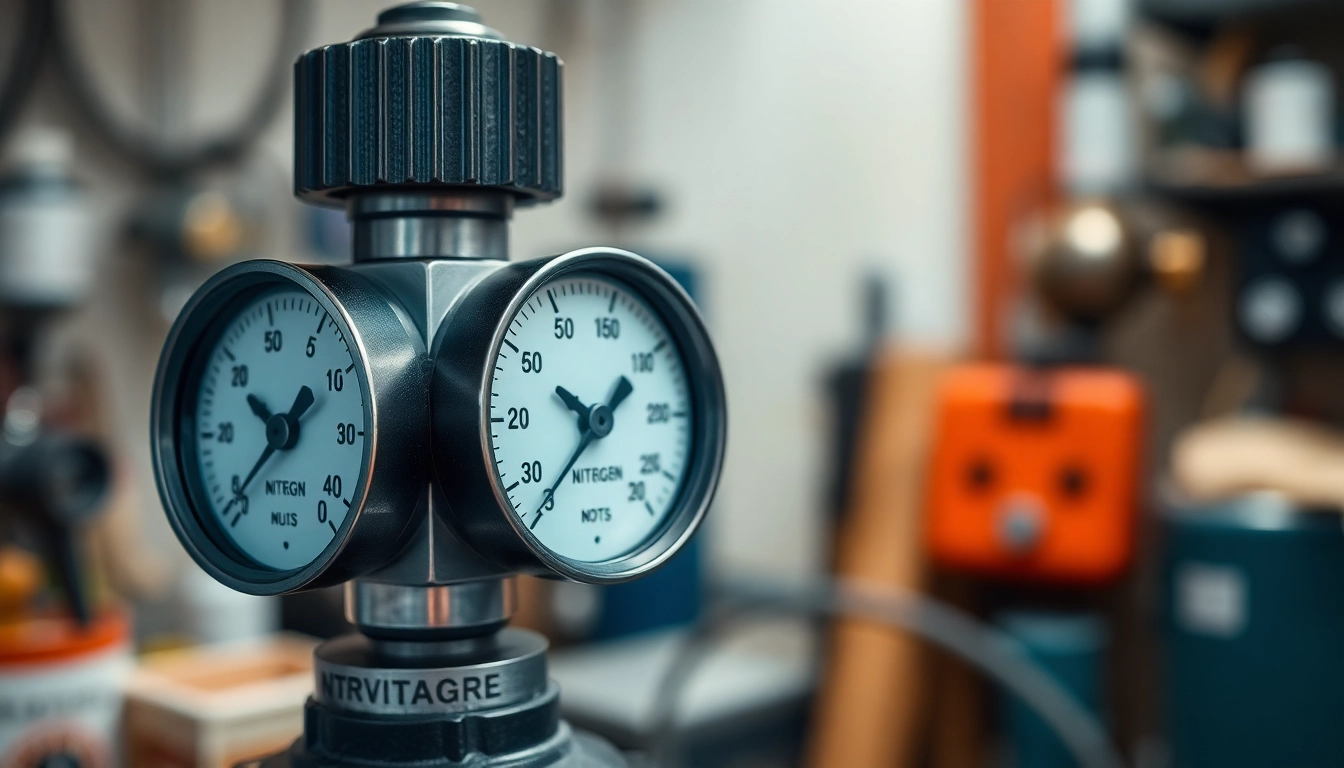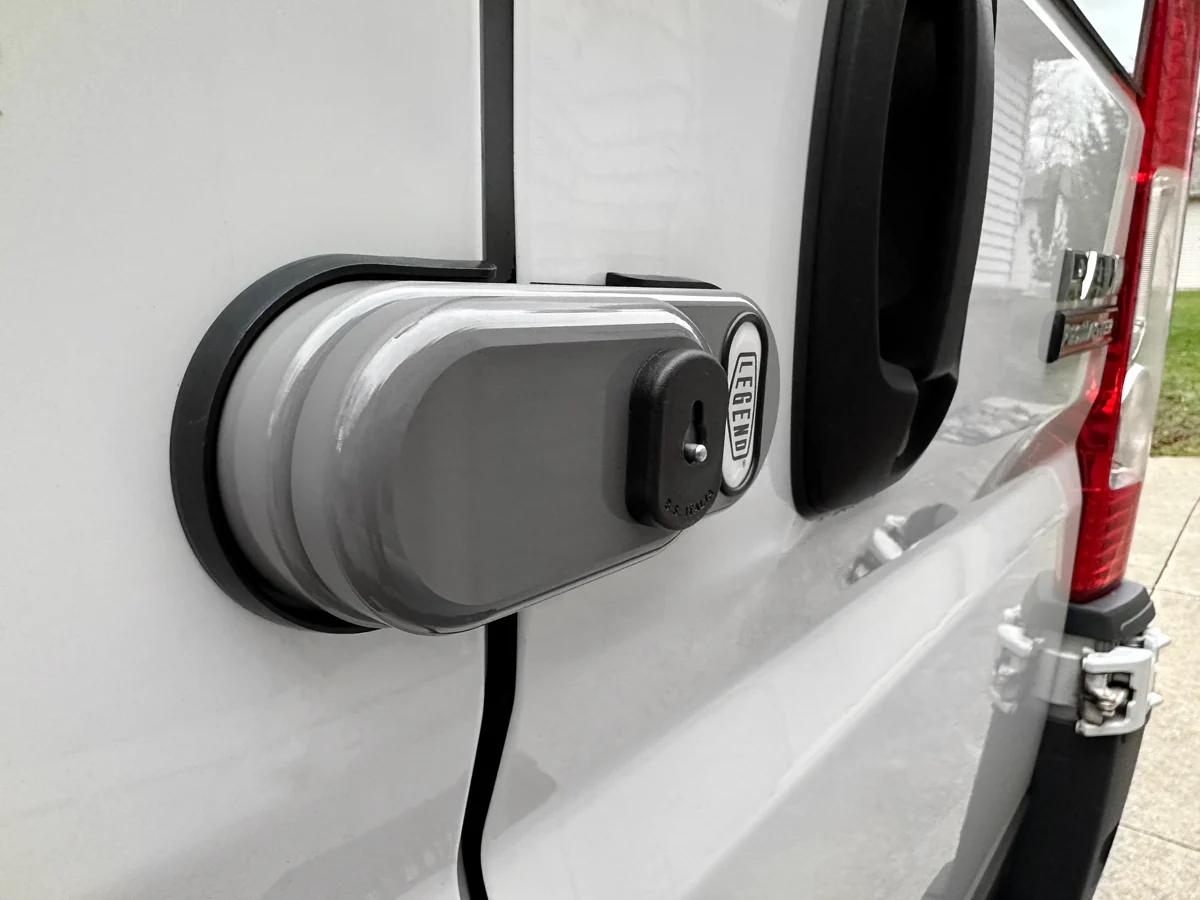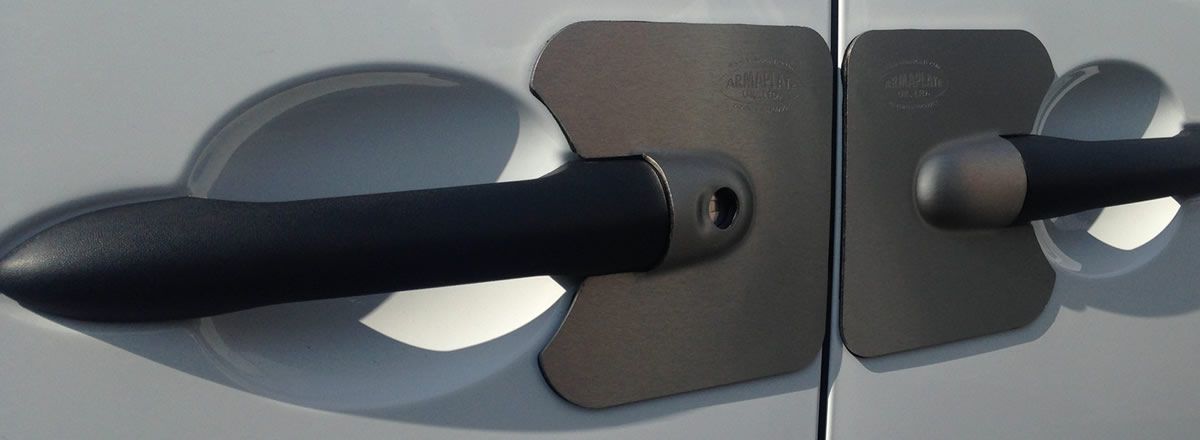
Understanding Nitrogen Regulators
What is a Nitrogen Regulator?
A nitrogen regulator is a critical device used in various industries to control the pressure and flow of nitrogen gas from a pressurized cylinder. Its main function is to ensure that the outlet pressure is stable and appropriate for the specific application, whether for purging, pressure testing, or other uses. The nitrogen regulator operates by reducing the high pressure from a gas source to a safer, usable level.
How Nitrogen Regulators Function
Nitrogen regulators work by utilizing pressure reduction mechanisms. The incoming high-pressure gas enters the regulator and is controlled by a valve that modulates the flow. Depending on the design, some regulators feature an adjustable pressure setting, allowing users to set the desired outlet pressure, while others maintain a fixed setting. This modulation is essential, as it helps prevent over-pressurization which could damage equipment or create unsafe conditions.
Common Applications of Nitrogen Regulators
The applications of nitrogen regulators span across many sectors, including:
- Food and Beverage Industry: Nitrogen is commonly used in the packaging of food products to reduce oxidation.
- Pharmaceutical Manufacturing: Nitrogen is used to create an inert atmosphere for sensitive chemical processes.
- HVAC Systems: In air conditioning systems, nitrogen is used for leak detection and pressure testing.
- Welding and Metal Fabrication: Nitrogen is often used to purge systems and provide protective gas for welding to prevent oxidation.
Types of Nitrogen Regulators
Single vs. Dual Outlet Nitrogen Regulators
Nitrogen regulators can be categorized based on their outlet configuration. Single outlet regulators provide gas to one output port, suitable for straightforward applications requiring a constant flow. Conversely, dual outlet regulators allow for two separate lines of nitrogen to be controlled, making them ideal for applications where multiple devices need to be supplied simultaneously.
Adjustable vs. Fixed Pressure Regulators
Another significant classification of nitrogen regulators is their pressure settings. Adjustable pressure regulators allow the user to change the outlet pressure based on specific needs, offering flexibility in various applications. In contrast, fixed pressure regulators maintain a consistent outlet pressure, which is beneficial for processes requiring stable pressures to ensure accuracy and safety in operations.
Specialized Nitrogen Regulators for Different Industries
Different industries often require specialized nitrogen regulators to meet unique demands. For instance:
- Medical Applications: Regulators designed for medical use must meet stringent standards for safety and functionality, often incorporating multiple safety features.
- Aerospace: Aerospace applications necessitate regulators that can operate in extreme environments, providing reliable performance under such conditions.
- Automotive: Specialized regulators are employed in automotive manufacturing for applications like tire inflation and fuel systems.
Choosing the Right Nitrogen Regulator
Factors to Consider When Selecting
Selecting the appropriate nitrogen regulator involves understanding various factors that influence performance:
- Pressure Requirements: Understand the pressure range needed for your specific application.
- Flow Rate: Identify the flow rate required for effective operation.
- Compatibility: Ensure the regulator is compatible with your existing equipment and gas supply system.
- Size & Port Configuration: Choose a regulator that fits well within your operational setup.
Top Brands and Models in the Market
Several reputable brands dominate the nitrogen regulator market, each offering various models:
- Victor: Known for durable regulators suitable for welding and cutting applications.
- Smith: Famous for reliable and high-precision regulators, particularly in the welding sector.
- UNIWELD: Offers specialized regulators for both nitrogen and CO2 applications, with features tailored for efficiency and safety.
Comparing Prices and Features
When comparing prices, it’s essential to consider features and warranty offerings in addition to the base cost. While cheaper models might seem attractive at first glance, investing in a quality regulator often pays off through enhanced performance and reliability. Additionally, comprehensive warranties can provide peace of mind, especially for equipment used in critical applications.
Best Practices for Using Nitrogen Regulators
Installation Tips and Guidelines
Ensuring proper installation of nitrogen regulators is crucial for safe and effective operation. Here are some essential tips:
- Always follow the manufacturer’s instructions for installation.
- Ensure all connections are tight to prevent gas leaks.
- Install regulators in a location free from potential mechanical damage or adverse environmental conditions.
- Use appropriate fittings that match the gas supply and outlet requirements.
Safety Protocols When Operating
Operating nitrogen regulators safely is paramount to prevent accidents and ensure smooth functionality. Key safety protocols include:
- Always wear appropriate personal protective equipment (PPE).
- Check for gas leaks regularly using soapy water or a leak detection solution.
- Never exceed the rated pressure of the regulator.
- Ensure that cylinders are securely fastened and properly labeled according to safety standards.
Common Mistakes to Avoid
Even seasoned professionals can make mistakes when operating nitrogen regulators. Here are some common pitfalls to avoid:
- Neglecting routine maintenance can lead to functionality issues.
- Using a regulator with incompatible connections results in unsafe conditions.
- Ignoring visual and audible indicators of malfunction can lead to catastrophic failures.
- Assuming the regulator is functioning properly without regular checks.
Maintaining Your Nitrogen Regulator
Routine Maintenance and Care
Proper maintenance of nitrogen regulators prolongs their lifespan and ensures reliability. Here are some maintenance tips:
- Regularly clean regulator surfaces to remove dust and corrosion.
- Inspect seals and gaskets for wear or damage and replace them as necessary.
- Test functionality by checking pressure outputs against gauges regularly.
Troubleshooting Common Issues
Despite routine maintenance, issues may still arise. Below are common problems and their solutions:
- Low Pressure Output: Check for blockages in the line or consider internal failures within the regulator.
- Gas Leaks: Examine connection points closely and replace any damaged fittings.
- Inconsistent Pressure: This could indicate a need for calibration or a fault in the regulator itself.
When to Replace Your Nitrogen Regulator
Determining when to replace your nitrogen regulator hinges on a few key indicators:
- If you experience frequent malfunctions despite regular maintenance.
- Visible damage or wear on the regulator components.
- If the regulator has surpassed its recommended lifespan as indicated by the manufacturer.







